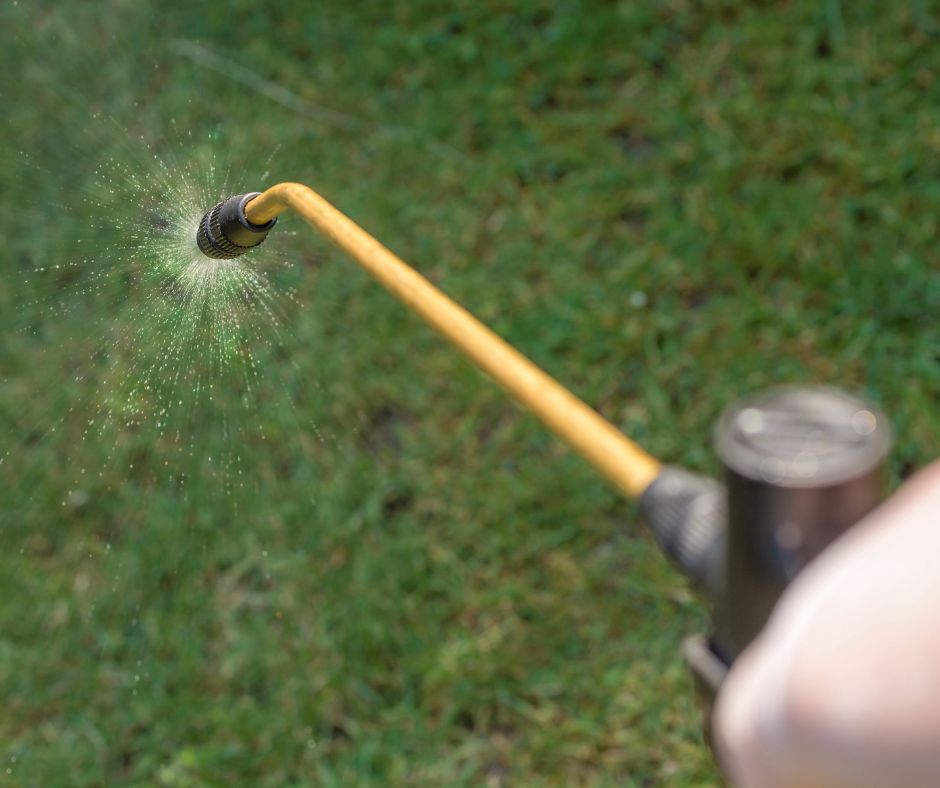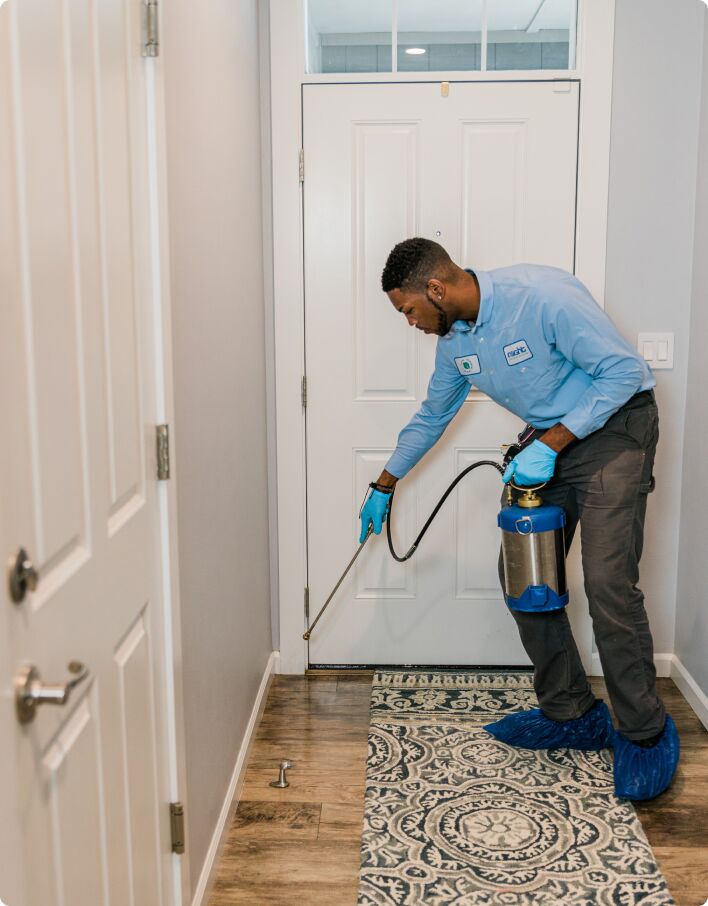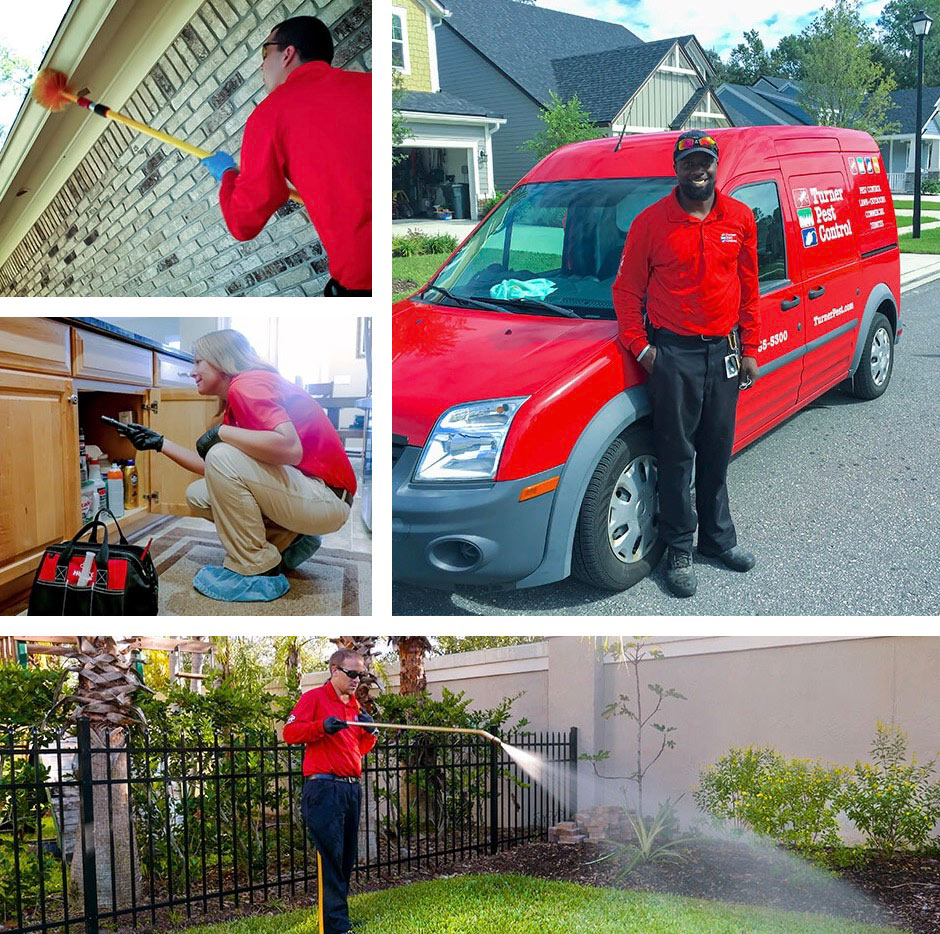Trusted Rodent Control Port Charlotte to Keep Your Home Free from Pests
Learn Regarding the current Advancements in Bug Control and Just How to Implement Effective Treatment Solutions
In the last few years, the field of parasite control has observed significant innovations, driven by the demand for reliable and lasting treatment solutions. Ingenious techniques such as Integrated Parasite Monitoring (IPM) incorporate eco-friendly experiment advanced modern technology, enhancing both effectiveness and ecological obligation. The integration of wise modern technologies and Do it yourself approaches has actually empowered individuals to take on bug problems more effectively. As we check out these developments, it becomes important to recognize how finest to implement these techniques in various settings to achieve optimal results. The ramifications for parasite administration techniques can be transformative.
Eco-Friendly Insect Control Options
In recent times, the demand for green bug control alternatives has risen as businesses and house owners alike look for lasting choices to conventional chemical treatments. This shift is driven by growing ecological recognition and a wish to minimize the health threats connected with synthetic pesticides.

Environmentally friendly insect control methods include a series of strategies that prioritize using all-natural substances and practices. Integrated Bug Administration (IPM) is one such strategy, combining organic, cultural, and mechanical strategies to manage insect populations while decreasing dependence on chemicals (Wildlife removal services). This alternative approach emphasizes avoidance with habitat control and the introduction of natural killers, consequently fostering a well balanced community
An additional preferred option is using herb chemicals originated from plants, which have a tendency to be less dangerous to non-target microorganisms. Products like neem oil and diatomaceous earth have gotten traction for their performance in controlling parasites while presenting marginal dangers to human health and wellness and the environment.
Furthermore, exclusion strategies, such as sealing entrance factors and preserving tidiness, play an important role in eco-friendly pest management. By adopting these sustainable practices, individuals and businesses can efficiently manage bugs while promoting a healthier world for future generations.
Smart Technology in Parasite Management
Development is improving the landscape of bug monitoring, with smart technology emerging as a crucial pressure in boosting efficiency and efficiency - Wildlife removal services. The combination of Web of Things (IoT) devices, expert system (AI), and data analytics is reinventing exactly how insect control specialists approach infestations
Smart traps geared up with sensing units can identify parasite task in real-time, sending out prompt notifies to drivers. This enables timely responses, decreasing damages and decreasing the requirement for extensive therapies. Furthermore, AI formulas examine historical information to forecast parasite habits, enabling aggressive interventions based upon environmental problems and problem patterns.
Drones and automatic cars are also playing a substantial function in bug management, supplying airborne analyses of large areas, determining hotspots, and also dispersing targeted therapies. These innovations not only enhance procedures however also improve safety by restricting human exposure to potentially damaging chemicals.
In addition, mobile applications equip consumers to monitor pest activity and gain access to professional suggestions, cultivating a joint technique to pest monitoring. Overall, the adoption of clever modern technology is setting a brand-new standard in insect control, highlighting data-driven decisions and lasting techniques that ultimately profit both specialists and property owners alike.
Integrated Pest Monitoring Strategies
Integrated Pest Management (IPM) uses an all natural method to pest control, combining numerous methods to properly handle insect populations while decreasing risks to human health and wellness and the atmosphere. IPM focuses on recognizing the pest life process, their all-natural adversaries, and the ecological community in which they flourish.
One of the essential components of IPM is keeping an eye on pest populations via normal evaluations and information collection. This enables the identification of pest limits, figuring out when treatment explanation is essential. Social methods, such as crop cleanliness, environment, and rotation control, are important in reducing bug occurrence and advertising plant health and wellness.
Mechanical controls, consisting of catches and obstacles, are additionally vital in IPM. These techniques can literally get rid of or hinder pests without making use of chemicals. When essential, the judicious application of chemical controls is used, concentrating on targeted treatments that lessen ecological effect.
Education and learning and cooperation among stakeholders, including farmers, insect control specialists, and the community, are crucial for the effective application of IPM approaches. By focusing on sustainable practices, IPM not only addresses pest issues yet likewise cultivates a much healthier environment.
Biological Control Techniques
Countless organic control techniques are increasingly identified for their efficiency in handling pest populaces while promoting environmental balance. These methods harness natural killers, parasites, and virus to lower pest numbers without counting on synthetic chemicals. The introduction of ladybugs can successfully regulate aphid populations, while nematodes target soil-dwelling pest larvae.
Furthermore, the use of microbial pesticides, such as Bacillus thuringiensis (Bt), offers an eco friendly alternative for handling caterpillar parasites. These items specifically target pest species, decreasing harm to useful bugs and pollinators. Conservation organic control emphasizes enhancing habitats for natural enemies, such as birds and advantageous insects, thereby encouraging their presence in agricultural systems.
Study continues to disclose ingenious strategies within this area, such as making use of pheromones to interrupt pest breeding patterns or the advancement of biocontrol agents through genetic engineering. Implementing these methods can lead to lasting pest monitoring techniques that minimize the reliance on chemical interventions, ultimately fostering healthier ecological communities. As awareness of these techniques expands, they are becoming important parts of integrated bug monitoring (IPM) methods, offering an equilibrium in between efficient bug control and environmental stewardship.
Do It Yourself Pest Control Solutions
As why not look here property owners look for efficient means to tackle pest issues, do it yourself bug control solutions have actually gained popularity for their ease of access and cost-effectiveness. These techniques empower individuals to deal with infestations utilizing readily available materials and methods, commonly without the need for expert intervention.

Additionally, keeping appropriate cleanliness and routine evaluations can avoid insect entry and nesting (Wildlife removal services). Easy methods, such as securing splits, removing food sources, and decluttering, can considerably diminish bug populations. Catches, both homemade and readily offered, can additionally use efficient services for monitoring and regulating certain parasites like pests or rats

Final Thought
The assimilation of green pest control options, smart innovation, and cutting-edge monitoring approaches offers a detailed technique to reliable insect monitoring. By embracing Integrated Pest Monitoring (IPM) and making use of organic control methods, along with Do it yourself options, sustainable and liable bug control can be achieved.
Environmentally friendly pest control techniques encompass an array of techniques that focus on the use of natural substances and techniques. Integrated Parasite Monitoring (IPM) is one such approach, combining biological, cultural, and mechanical methods to take care of insect populations while reducing reliance on chemicals. As awareness of these strategies expands, they are becoming indispensable parts of incorporated pest administration (IPM) methods, providing an equilibrium in between reliable bug control and ecological stewardship.
The integration of eco-friendly pest control choices, smart modern technology, and ingenious management methods provides a thorough technique to reliable bug administration. By accepting Integrated Insect Administration (IPM) and utilizing organic control methods, alongside DIY remedies, liable and sustainable pest control can be accomplished.